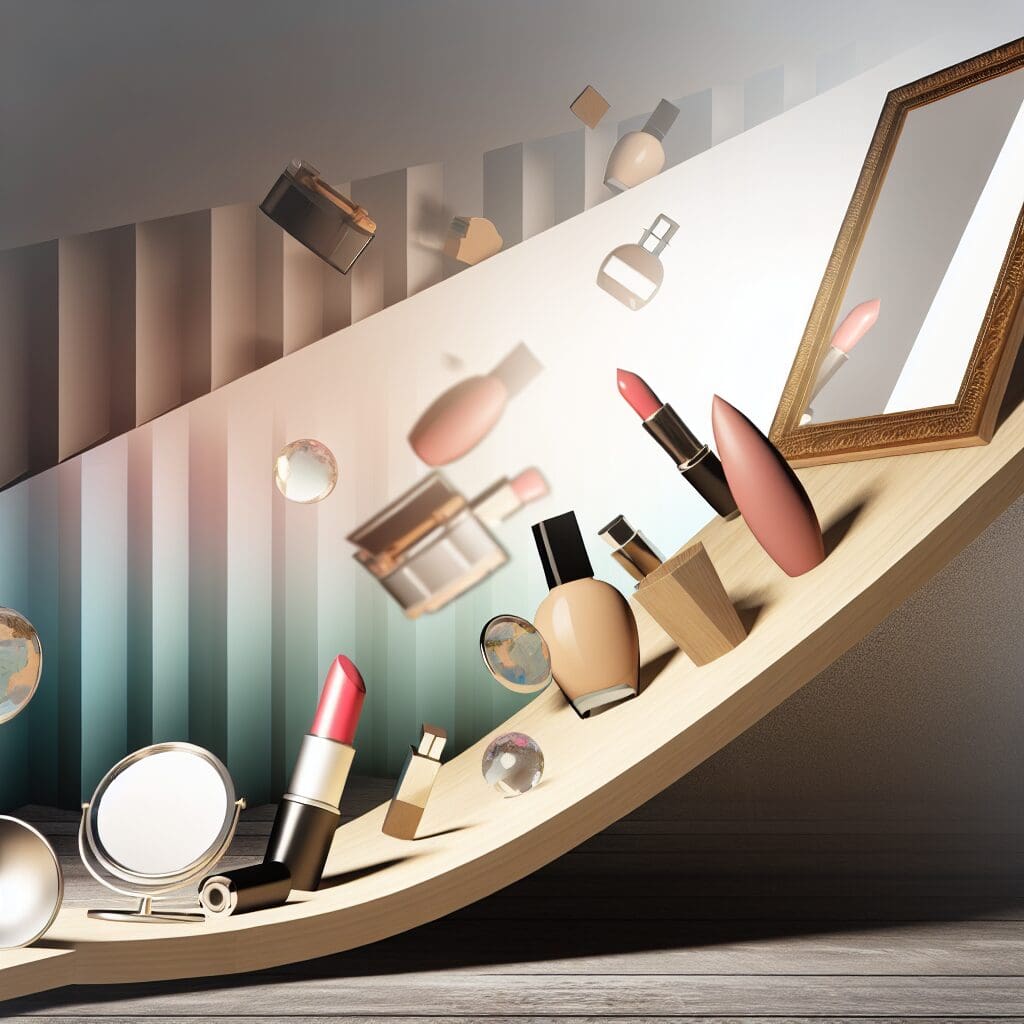The Slippery Slope of Beauty Transparency
In today’s beauty landscape, the interplay between transparency and authenticity is increasingly complex. As treatments and products proliferate in cost and complexity, the quest for “authentic beauty” may do more harm than good. At a time when social media platforms overflow with content showcasing editors, influencers, and celebrities sharing their beauty secrets, the question arises: are we witnessing genuine transparency, or is it merely a facade?
For years, the beauty industry operated under a cloak of secrecy, where personal care experiences were often sensationalized in judgmental terms. However, the rise of platforms like Instagram and TikTok has flipped the script. Now, influencers monetize their beauty routines, and thousands tune in to watch their journeys to aesthetic perfection. This shift has transformed beauty transparency into a lucrative spectacle.
Yet, this newfound transparency bears a hidden cost. As influencers flaunt their routines—often involving costly treatments like lip fillers, neurotoxins, and laser facials—the underlying message complicates self-image for viewers. The implicit expectation is that beauty can be bought, undermining the notion that confidence stems from within. The emphasis on aesthetic treatments reinforces unattainable beauty standards, making genuine self-acceptance feel increasingly out of reach.
The concept of “no-makeup makeup” has gained traction, suggesting a natural look achieved through high-maintenance procedures rather than simplicity. The paradox is that what appears effortless is often the result of considerable effort and financial investment. While followers are led to believe that this look is achievable, the truth often points to the luxury of time and money that many do not possess.
Moreover, the constant barrage of beauty routines can distort personal perceptions. It fosters unhealthy comparisons and contributes to a collective anxiety about appearances. Millennials and Gen Z, particularly vulnerable to social media’s impact, may feel an incessant need to keep up with the latest trends. Instead of empowerment, many find themselves trapped in a cycle of dissatisfaction.
Beauty transparency might seem progressive, but it risks fading into mere bragging rights—the line blurs between sharing and showcasing privilege. As the quest for beauty intensifies, it’s essential to remind ourselves of the value in discretion. Sometimes, ignorance may safeguard our sense of self-worth and well-being. In an environment where “more” often feels necessary, perhaps it’s wise to reconsider how much transparency we truly need.
In conclusion, while beauty transparency can offer valuable insights, its implications warrant a critical look. Balancing authenticity with the reality of access may lead us to a healthier self-image. The pursuit of beauty should not overshadow individual value, nor should it dictate one’s worth. After all, true beauty lies not in what can be shown, but in the self-acceptance that comes from within.












